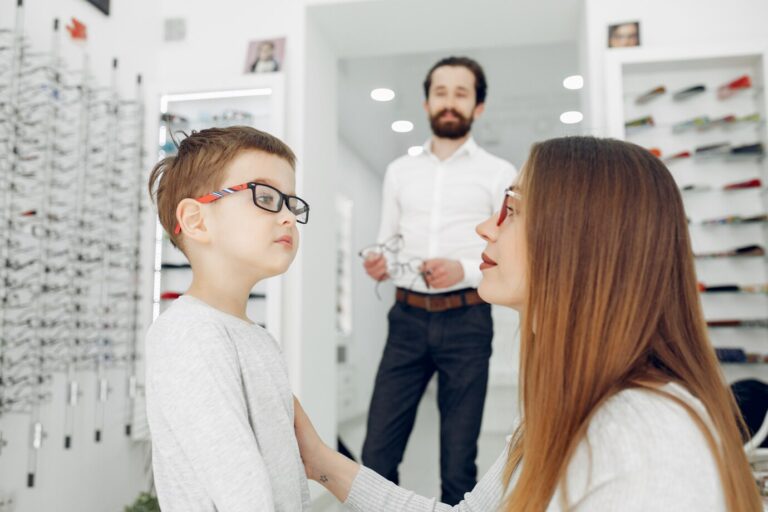Children’s vision plays a significant role in their development, from learning to navigating their surroundings. While routine eye exams can detect many issues, some situations call for attention from a pediatric ophthalmologist. These specialists diagnose and treat eye problems in children, helping young patients receive the care their growing eyes need. Here are signs that may indicate it’s time to schedule a visit:
Difficulty Seeing Clearly
Unclear vision is among the most common reasons children visit a pediatric eye specialist. If your child frequently squints, sits too close to the television, or struggles to read the board in class, they might have difficulty seeing clearly. Such signs may point towards refractive errors like nearsightedness, farsightedness, or astigmatism. Early intervention is key to managing these conditions and providing corrective measures like glasses to improve their visual experience and prevent further complications.
Crossed Eyes or Lazy Eye
Conditions like strabismus (crossed eyes) or amblyopia (lazy eye) may also necessitate a visit to a pediatric ophthalmologist. Strabismus occurs when the eyes do not align properly, leading to one eye pointing in a different direction than the other. On the other hand, amblyopia develops when one eye does not achieve normal vision, typically because the brain starts to favor the other eye. Both conditions can impact depth perception and vision clarity if not addressed promptly. Treatment options may include glasses, eye patches, or even surgery in some cases, depending on the severity of the issue.
Family History of Eye Issues
A family history of eye disorders such as glaucoma, cataracts, or retinal issues may increase the likelihood of similar problems in children. Genetics often play a significant role in vision health, and children with a strong family history of eye concerns may benefit from early screenings. Monitoring their visual development ensures that potential issues are detected and managed immediately, reducing the risk of long-term challenges.
Redness, Rubbing, or Head Tilting
If your child frequently rubs their eyes, tilts their head while looking at objects, or experiences persistent eye redness, these could indicate an underlying issue. Rubbing and redness might suggest an infection, irritation, or even allergies. Head tilting may signal a need to compensate for misaligned vision. An ophthalmologist can examine these symptoms in closer detail, effectively identifying and treating the root cause to alleviate discomfort and improve your child’s visual alignment.
Eye Trauma
Accidents involving the eyes can happen in various scenarios, such as during sports, rough play, or everyday mishaps. Injuries to the eyes can range from mild scratches to more severe trauma. These incidents might result in vision loss or lasting damage. If your child experiences any injury to the eye, immediate attention from a pediatric ophthalmologist is vital. Even seemingly minor injuries should be assessed to rule out hidden damage, ensuring the best possible outcome for their vision and overall eye health.
Find Child Vision Care From an Ophthalmologist
Understanding when to seek the care of a pediatric ophthalmologist helps parents ensure their child’s vision remains on track. From signs of difficulty seeing to managing eye emergencies, taking proactive steps can make all the difference in their experience. Specialists work closely with families to diagnose and treat various conditions, using tools and treatments tailored to children’s unique needs and developmental stages.
Eye health is a major component of childhood development. If you notice any of these signs or symptoms in your child, seeking professional guidance can help address issues early. A pediatric eye specialist can offer the expertise and reassurance parents need, assisting children to grow with clear, healthy vision.

